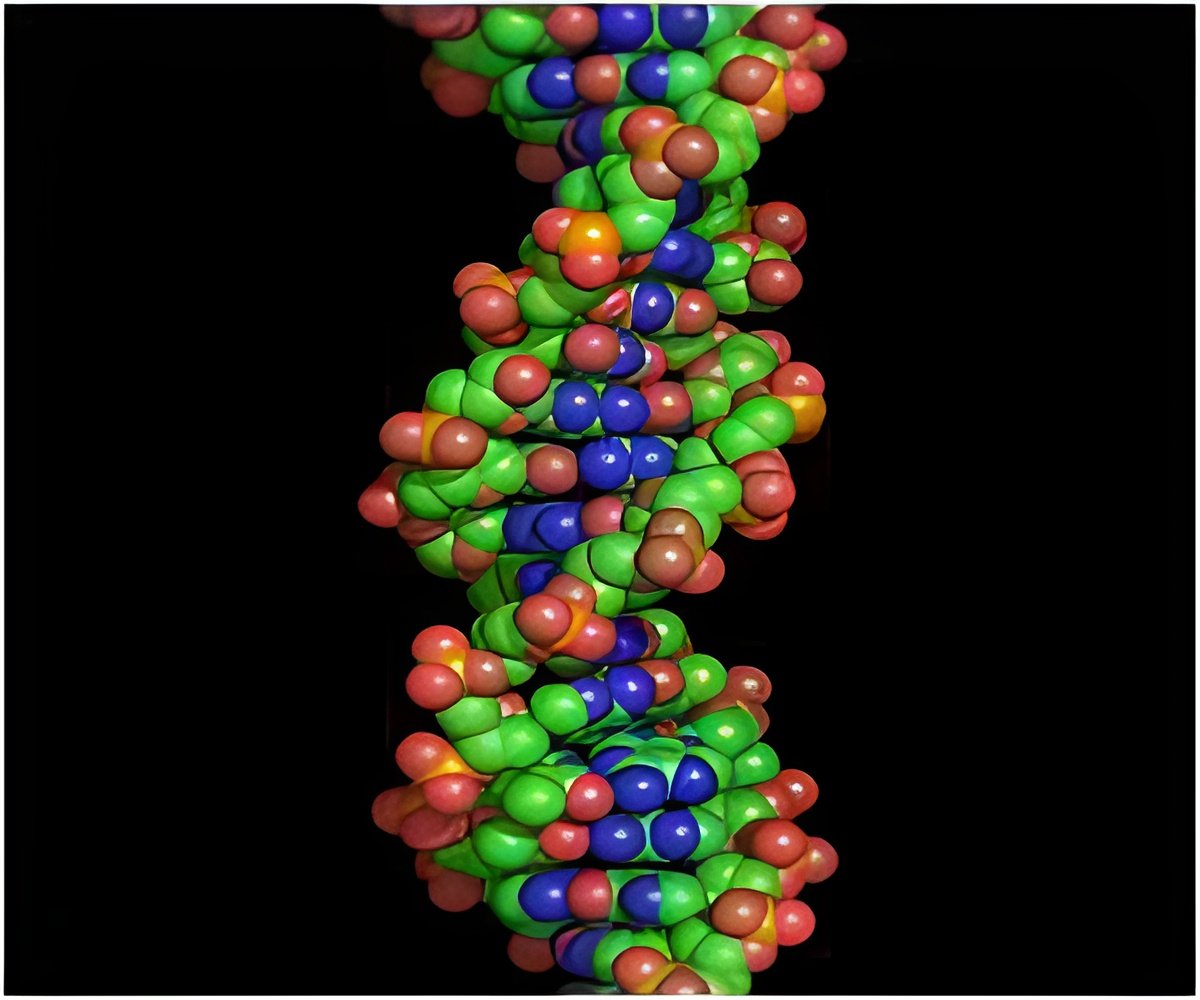Investigators have developed a next-generation genome editing system that substantially decreases the risk of producing unwanted, off-target gene mutations.

"This system combines the ease of use of the widely adopted CRISPR/Cas system with a dimerization-dependent nuclease activity that confers higher specificity of action," says J. Keith Joung, MD, PhD, associate chief for Research in the MGH Department of Pathology and senior author of the report. "Higher specificity will be essential for any future clinical use of these nucleases, and the new class of proteins we describe could provide an important option for therapeutic genome editing."
Engineered CRISPR-Cas nucleases – genome-editing tools that combine a short RNA segment matching its DNA target with a DNA-cutting enzyme called Cas9 – have been the subject of much investigation since their initial development in 2012. Easier to use than the earlier ZFN (zinc finger nuclease) and TALEN (transcription activator-like effector nuclease) systems, they have successfully induced genomic changes in several animal models systems and in human cells. But in a previous Nature Biotechnology paper published in June 2013, Joung's team reported that CRISPR-Cas nucleases could produce additional mutations in human cells, even at sites that differed from the DNA target by as much as five nucleotides.
To address this situation, the investigators developed a new platform in which the targeting function of Cas9 was fused to a nuclease derived from a well-characterized enzyme called Fokl, which only functions when two copies of the molecule are paired, a relationship called dimerization. This change essentially doubled the length of DNA that must be recognized for cleavage by these new CRISPR RNA-guided Fokl nucleases (RFNs), significantly increasing the precision of genome editing in human cells. Importantly, Joung and his colleagues also demonstrated that these new RFNs are as effective at on-target modification as existing Cas9 nucleases that target a shorter DNA sequence.
"By doubling the length of the recognized DNA sequence, we have developed a new class of genome -editing tools with substantially improved fidelity compared with existing wild-type Cas9 nucleases and nickases (enzymes that cleave a single DNA strand)," says Joung, an associate professor of Pathology at Harvard Medical School. The research team also has developed software enabling users to identify potential target sites for these RFNs and incorporated that capability into ZiFiT Targeter, a software package freely available at zifit.partners.org.
Advertisement








